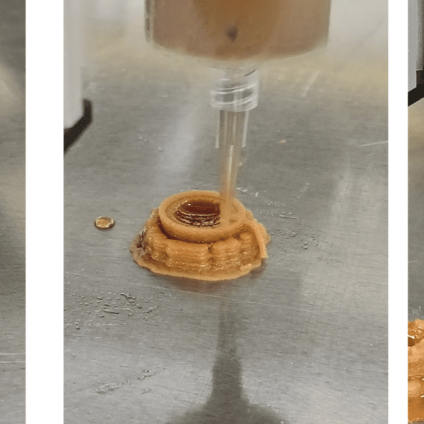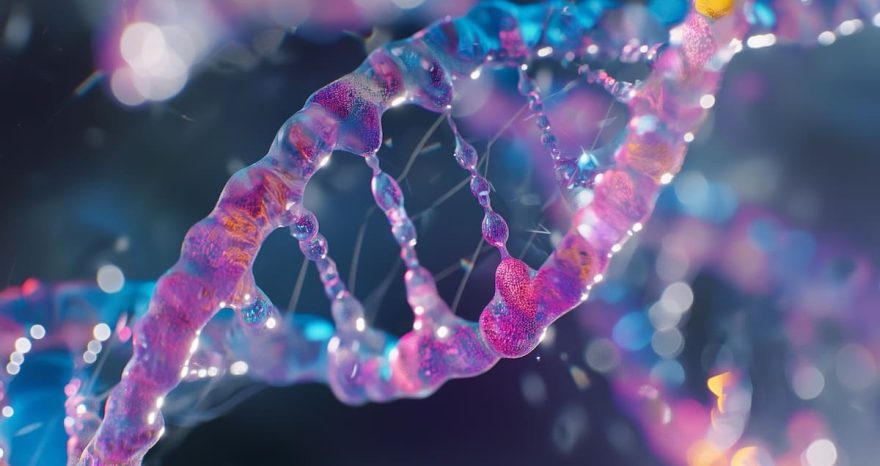A new ENEA study explores consumer reactions to 3D-printed food made from plant cells and agri-waste, offering insights into nutrition and sustainability.

Printed foods and the future of sustainable diets
Can 3D-printed food drive the future of sustainable nutrition? Are consumers open to this innovation? Does it reshape how we define the value of food? These are some of the questions explored in the study Consumer acceptance of edible hydrogels obtained by plant cell culture technology and by-products valorization: an Italian case study for future innovation of the plate.
The research, published in Innovative Food Science & Emerging Technologies, highlights growing interest in novel food types, including 3D-printed food, through a survey of 400 consumers using an anonymous online questionnaire.
The survey also involved expert panels in sensory analysis to objectively compare the new products to commercial alternatives.
Curiosity and sustainability drive consumer interest
While consumers are intrigued by innovation, there is a stronger underlying motivation: a growing desire to eat without harming the planet.
To meet this demand, ENEA has begun developing sustainable, 3D-printed food that offers high nutritional value and can be tailored to individual dietary needs.
This personalized approach is part of the NUTRI3D project (MaNUfacTuRIng 3D of next-generation plant-based foods for healthy nutrition), funded by Italy’s Ministry of Economic Development under the National Operational Program. The project is led by ENEA in partnership with Rigoni di Asiago, EltHub (project coordinator), and the research center CREA – Food and Nutrition.
Honey pearls: edible innovation from food waste
ENEA researchers have created ingredients and recipes for bars, innovative snacks, and high-value micro-spheres known as honey pearls. These are made using both plant cell cultures and agro-industrial by-products, such as fruit processing waste.
Simona Errico, researcher at the regenerative circular bioeconomy lab at ENEA’s Trisaia center, explains: “Our studies showed that the pearls enriched with plant cells have better texture and higher juiciness, which made them more appealing to consumers.”
These foods may also serve people with specific dietary needs, such as those who experience difficulty swallowing.
Transparency builds trust in food innovation
“The data collected from the online survey showed that awareness of the product’s innovative composition increased interest and appeal in the honey pearls,” says Paola Sangiorgio, researcher at the same ENEA laboratory.
Consumer education and transparent communication are crucial in influencing food choices. The survey results confirm that accurate information plays a vital role.
In fact, while 59% of participants expressed willingness to purchase innovative foods, skepticism remains. Many still perceive these products as “unnatural”, even though they derive from food by-products in a model of circular bioeconomy.
Printed food as a sustainable production strategy
According to United Nations estimates, by 2100 the planet will need to feed more than 12 billion people, putting immense pressure on natural resources.
In this context, 3D-printed food could become a viable solution, with market projections reaching $390 million.
“The impact of climate change and the scarcity of new arable land will make it increasingly difficult to ensure access to high-quality plant-based foods. In this context, the identification of innovative and alternative production and manufacturing systems, including 3D printing, represents a strategic approach to producing sustainable foods that support public well-being, even starting from agro-industrial residues, thus contributing to a healthy and safe diet. These foods could also be tailored for use in space missions,” says Silvia Massa, head of the Agriculture 4.0 laboratory at the ENEA Casaccia Research Center and ENEA’s scientific coordinator for the Nutri3D project.












